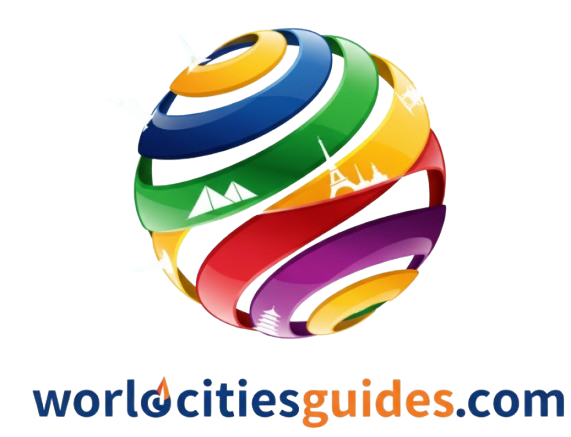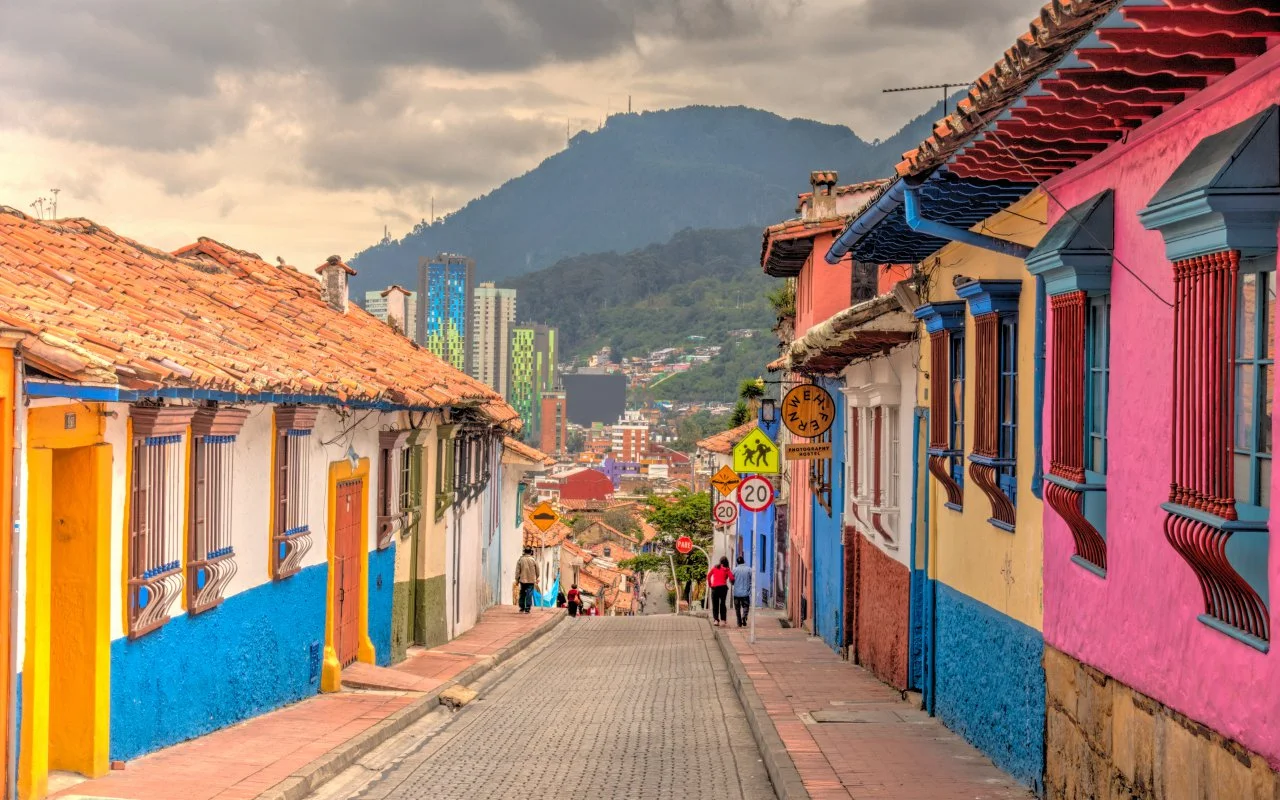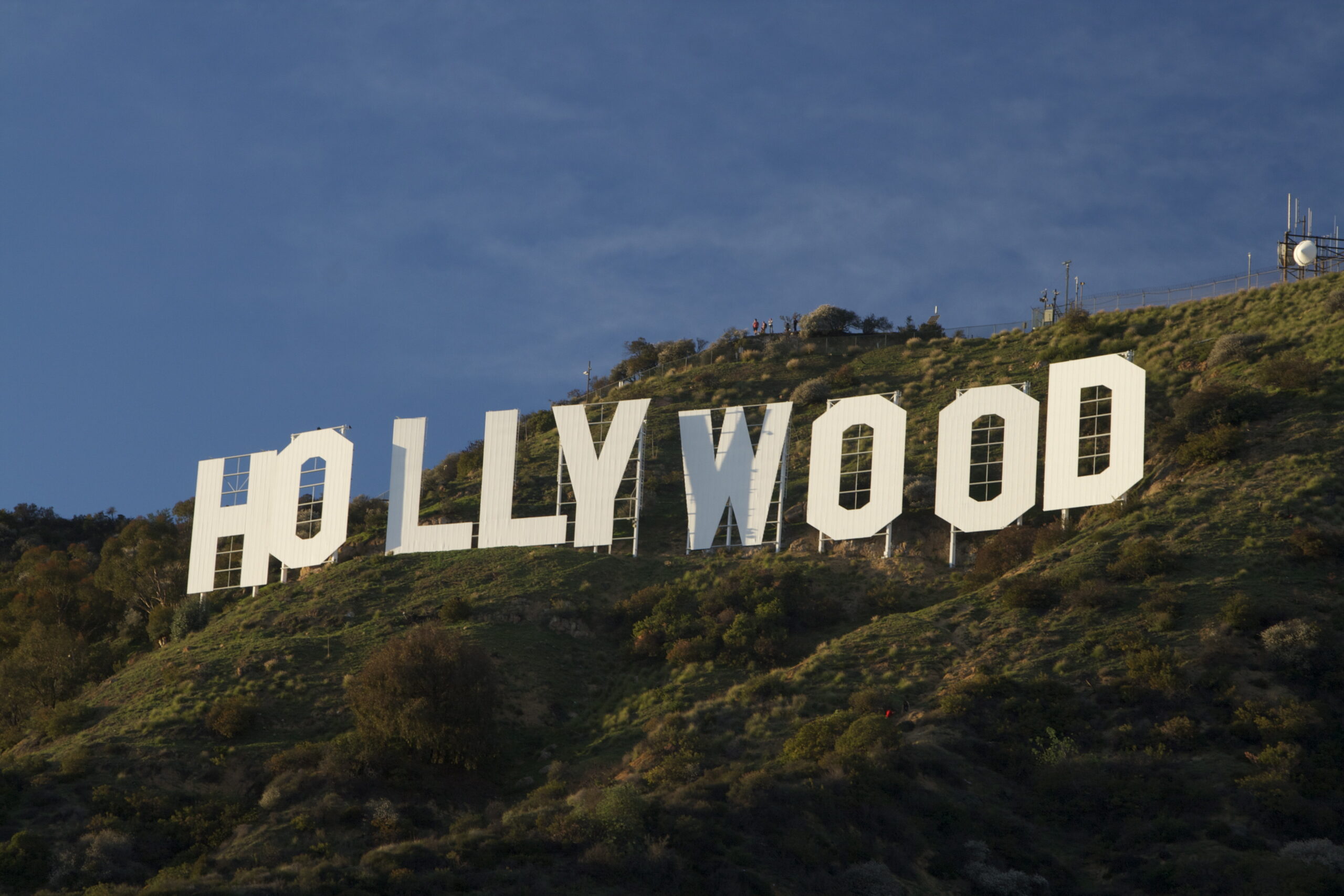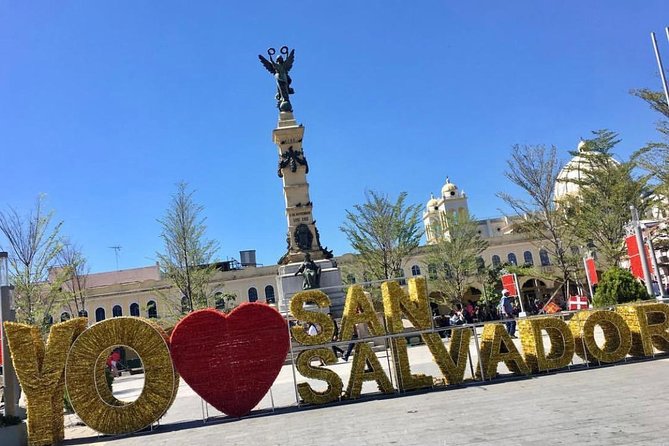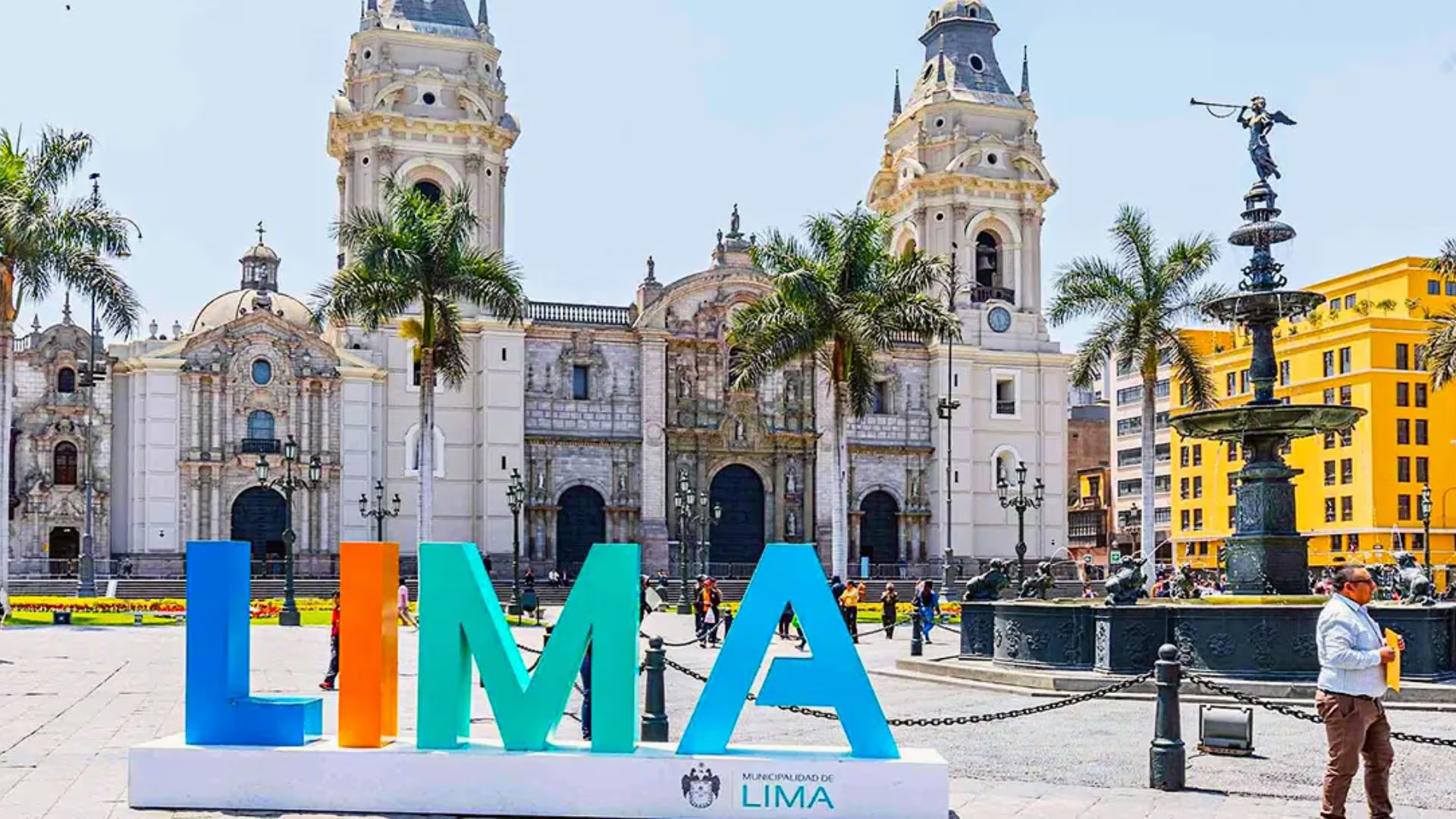Sitting in the high Andes Mountains at an altitude above 2,600 meters (8,500 feet), Bogotá is a city full of surprises. It’s the capital of Colombia and its largest city, a study in contrasts that read like a lengthy compromise between colonial charm and urban sprawl, where centuries-old churches sit next to glass skyscrapers, and street art tells the stories just as much — if not more so — than fine art.
For many travelers, Bogotá is not just the stopover between Miami and more exotic parts of Colombia; it’s the vibrant heart of a country that’s culturally rich but socially divided. It’s a place where past, present and future coexist.
A CITY WITH A DEEP PAST. HISTORY OF BOGOTA
Bogotá has roots much older than the Spanish arrival. The region was once settled by the Muisca, a powerful and civilized indigenous people. The Muisca called the settlement where Bogotá was founded Bacatá, which in the Chibcha language means “planted fields,” and variously mene “the edge of farmland” or “surrounding farmland with shrubs”.
Spanish conquistadors founded the city as Santa Fe de Bogotá in 1538, presaging its rise to become one of South America’s most important colonial centers. Bogotá was the capital and center of political development in the Spanish colonial empire over much of the northern half of South America, achieved following a long-term capital shift from southern Colombia (the city is located relatively near to the exact geographical center of 7,500 km (4,660m from Bogotá) and a bloody civil war between conservative (“royalist”) and liberal (“patriot”) elements.
Bogotá knows its share of conflict and change — from independence movements in the 19th century to political unrest in the 20th. A turning point in modern Colombian history was the Bogotazo, a large-scale urban riot that erupted in 1948 following the assassination of popular leader Jorge Eliécer Gaitán. This is considered to have been the beginning of a period of political and social conflicts known as La Violencia that took place from 1946 until 1958.
But today, Bogotá is thriving as an urban center that’s rebuilt itself with creativity, innovative tradition and an eye towards the future.
POPULATION AND CULTURE
Bogotá counts over 8 million inhabitants, being not only the largest city in Colombia, but one of the busiest cities in South America. It’s a remarkably varied city, one to which people flock from every corner of the country and also from far away.
The city is a cultural patchwork woven from its indigenous roots, Spanish colonial history, Afro-Colombian color and an emerging wave of international flavors. The city’s diversity is palpable, audible, even edible: It comes across in the neighborhoods that have formed; you can hear it in the music and taste it in the food.
LANGUAGE, CURRENCY AND ELECTRICITY
Spanish is the official language of Bogotá. Many Colombians I met, since arriving in the country a year ago, have an accent that is tough to understand if you’re learning Spanish — and for me it’s also difficult to distinguish among sounds or words at times. English is spoken in touristy areas, hotels and by younger people (especially at universities and in business), but there’s nothing like knowing some Spanish.
The local currency is the peso – COP. Banknotes are issued in different colors and sizes, and coins in a multi-coloured circulation. Credit and debit cards are widely accepted, although for taxis, markets and small vendors cash is still king.
The electricity in Bogotá is 110 volts 60 Hz. The plugs are generally Type A and B — the same as in the United States — requiring an adapter for travelers from many countries.
BOGOTA’S HIGH-ALTITUDE CLIMATE
One of Bogotá’s can’t-miss features is a cool, springlike climate year-round that belies its location near the Equator. Typical temperatures are between 9-20°C (48-68°F). There’s no clear summer or winter, but rainy and dry seasons.
The wettest months are usually April, May, October and November when the showers tend to be short-lived followed swiftly by sunshine. No wonder locals say you can experience all four seasons in one day; just be sure to keep an umbrella or light jacket on hand.
You can feel the altitude, especially when you are here for the first time. During the first day, there are occasional cases of mild light-headedness or breathlessness, but most people adjust rapidly.
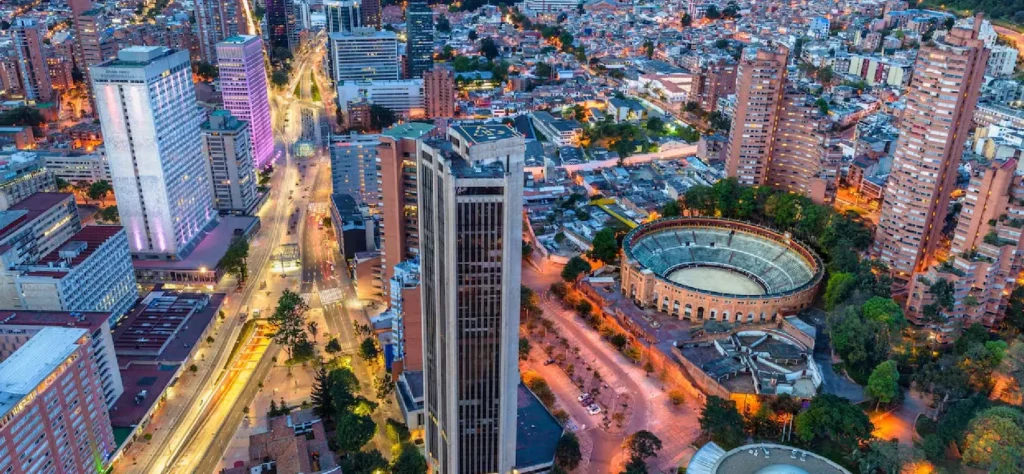
TASTING BOGOTA: TYPICAL FOOD
Colombia’s food is diverse and rich, and in Bogotá you can taste it all. It’s a city of hearty, comforting food that warms the soul — and the belly, given its cold-weather location.
Here are a few classic dishes you will probably come across:
Ajiaco: Bogotá’s signature dish. One is a corn and potato chowder filled with chicken, three varieties of potatoes, corn on the cob and guasca (a local herb) that’s suitably enriched by avocado, rice and capers.
Tamales: Seasoned meat, vegetables or chilies wrapped in corn dough and steamed in banana leaves. A popular breakfast item.
Changua : A milk soup with eggs and scallions, typically consumed at breakfast.
Arepas: The Colombian version is a big thick patty of ground maize dough with cheese inside and probably butter on top.
Empanadas: Deep-fried pastries stuffed with meat, potatoes or cheese that are a popular pick off the streets.
Hipper still is Bogotá’s exploding food scene of fusion, gourmet burgers, vegan cafés and fine dining to rival any. Top neighborhoods for food lovers include Zona G, Zona T and Usaquén.
GETTING AROUND: TRANSPORTATION IN BOGOTA
Bogotá is an enormous, bustling city and getting around can be difficult — though it’s always getting better.
TransMilenio: The primary public transport system in Bogotá. It is a bus network with dedicated lanes and multiple stops spread throughout the city. It’s cheap and fast off-peak, but crowded at rush hour.
SITP buses: Another system of buses, which is part of TransMilenio.
Taxis: There are plenty around, and they’re not very expensive. Take registered cabs or taxi apps (like Cabify or Taxis Libres) for safety and fare.
DApps: Uber, Didi and InDriver operate in Bogotá, but the laws can be a little equivocated.
Cycling: Bogotá is famous for Ciclovía, a weekly event in which major thoroughfares are closed to cars on Sundays and opened to bicyclists and pedestrians. The city also boasts more than 500 kilometers of bike lanes.
Most tourist areas are safe and inviting to walk around during the day, notably neighborhoods like La Candelaria, Chapinero or Parque 93.
IS BOGOTA SAFE?
Bogotá’s security has greatly increased in the past 20 years. Once a city where setting foot in the wrong neighborhood could result in disaster, Bogotá is far friendlier to tourists and residents these days. Still, it’s worth erring on the side of caution.
Don’t wear overtly expensive jewelry and don’t take your phone out in the crowd.
Late at night, don’t walk alone, especially in new surroundings.
Stay on well-lighted, busy streets.
Use trusted transportation methods.
Watch out for pickpockets in crowded places like markets and public buses.
The safest neighborhoods include Usaquén, Chapinero Alto, Zona Rosa, and Parque 93. As always, common sense and awareness go a long way.
TOP ATTRACTIONS IN BOGOTA
In Bogotá, you will find history, culture and nature. Whether you love art, history or adventure, there’s something for you here:
La Candelaria: The old part of Bogotá. Its cobbled streets, colonial architecture, colourful murals, museums and cafés give life to this delightful quarter.
Plaza Bolívar: The city’s central square is surrounded by key government buildings, including the beautiful Primatial Cathedral.
Monserrate: A mountain that looms over the city, reached by funicular, cable car or walking trail. It’s an absolutely awe-inspiring view from the top.
Museo del Oro (Gold Museum): Which containts more than 55,000 gold artifacts from the pre-Hispanic cultures. A must-visit.
Museo Botero: Houses works by Fernando Botero and other international artists in a beautifully restored colonial mansion.
Park El Simón Bolívar: It is one of the largest urban parks of Latin America, ideal to go for a walk, ride bicycle and relax.
Usaquén: A delightful colonial neighborhood boasting restaurants, boutiques and a busy Sunday artisan market.
OTHER IMPORTANT ASPECTS
Bogotá is not just the seat of political and economic power in Colombia — it’s also the country’s cultural capital. The city is home to several annual festivals, including:
Festival Iberoamericano de Teatro – The world’s most expansive theatre festival.
Rock al Parque – A rock music festival that takes place over three days with a focus on bands from around the world.
Festival de cine Bogotá – Celebrating local and international cinema.
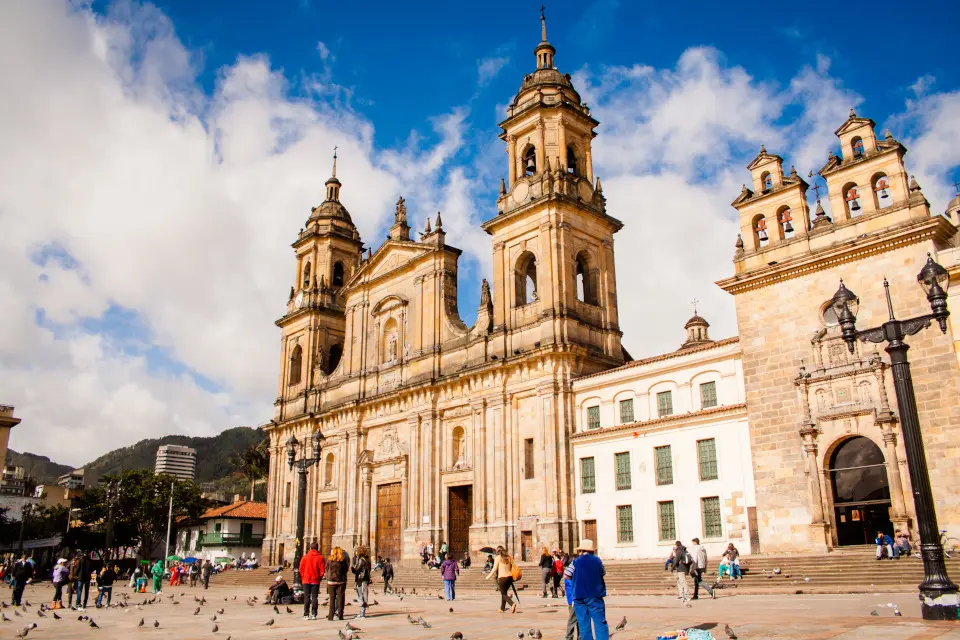
The city is also emerging as a hub for tech start-ups, education and sustainability initiatives. New bike lanes, eco-parks and green initiatives are transforming Bogotá into a cleaner, smarter city.
It’s a city that seduces into taking your time, listening a little closer and seeing beneath its sheen of informality and disorganization. It’s a city where every building has a story, where every dish tells one of culture, and when you look at the mountains in the distance – well that’s not just another mountain from any old city: It serves as the cradle of this remarkable place.
Whether you’re watching the sun set over the Andes from Monserrate, sipping hot chocolate with cheese (yes, it’s a thing!) La Candelaria or wading through the hectic throng of downtown, Bogotá is an experience you won’t forget! It’s not a postcard city—it’s just real and raw, and really rewarding
